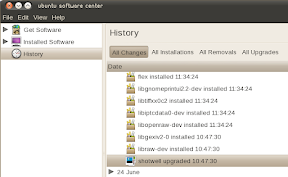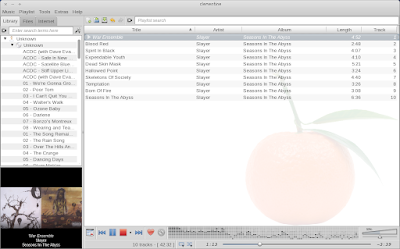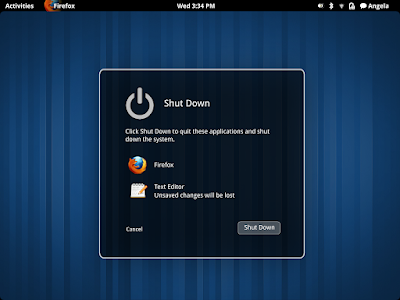Sezen is... well, let's call it a file browser, but not in the classic sense. You can use it to browse files by their last access time, type (document, image, music and so on) and has an integrated search. It's heavily inspired by Unity and GNOME Shell and is developed by Seif Lotfy. Sezen makes use of the awesomeness of Zeitgeist and in it's design also contributed DanRabbit (Elementary Project) and Jason Smith (Docky):
It started evolving more after some intense hack + design sessions with DanRabbit (Elementary Project) + Jason Smith (Docky)
Sezen was presented by Seif about 2 weeks ago. Here's is the video he recorded back then:
Install Sezen in Ubuntu
But enough with the introduction! Sezen was just added to the Zeitgeist PPA so it's not just a mockup anymore! You can install it in Ubuntu by using the commands below:
sudo add-apt-repository ppa:zeitgeist/ppa && sudo apt-get update
sudo apt-get install zeitgeist sezenThen simply run "sezen" either via a terminal or by pressing ALT + F2. The package is available for Ubuntu Karmic, Lucid and Maverick.
Thoughts
If you tried out the latest Unity launcher which landed in Ubuntu Netbook Edition 10.10 this week (screenshot above), you will notice Sezen looks very familiar: it's basically the exact same concept as the Files tab in Unity, except it's a stand-alone application.
Although I love the concept and all, I don't get one thing: what's exactly the difference between Sezen and GNOME Activity Journal (other then a different design and less features)?
Your thoughts?
Note: As you can see in the screenshots, the "Websites" tab is not active - it most probably needs a browser extension to work.








_019.png)







_032.png)



_036.png)































